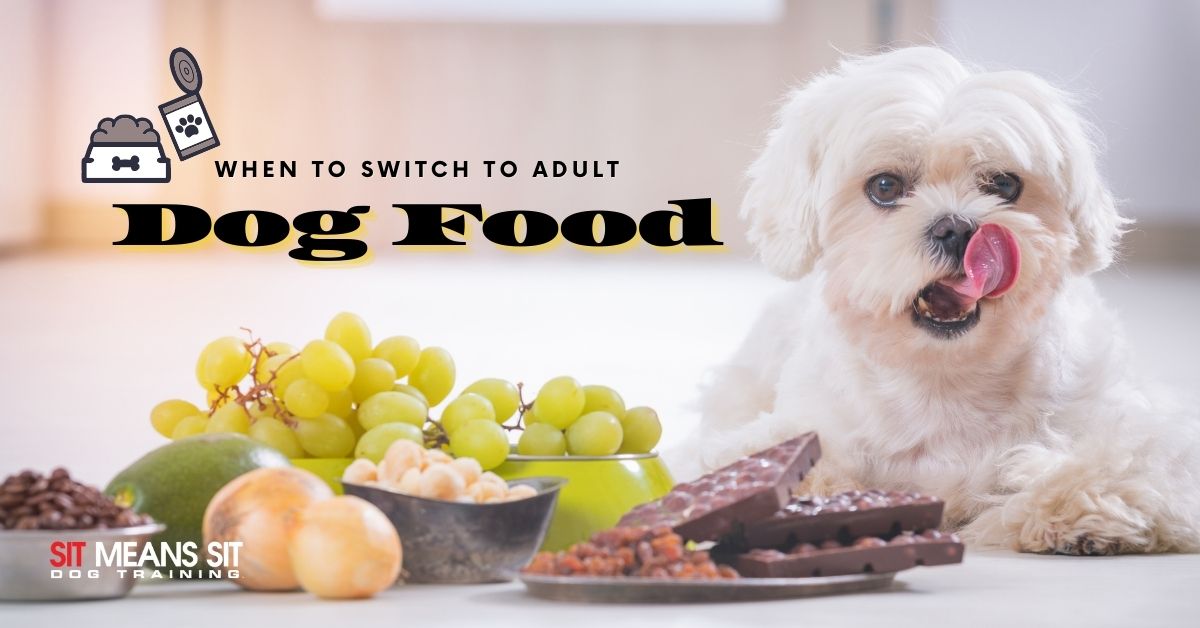
When to Switch to Adult Dog Food
Feeding your dog the correct food for their age is extremely important for their health. When you have a puppy, food that is beneficial to the development and growth of your dog is important. As your dog gets older, though, they require a different type of food for this period in their lives. Many dog owners are a little lost on what differentiates puppy food from adult dog food and when to change their dog’s diet. You should inquire with your vet for a plan specific to your dog, but here is a general recommendation.
What Differentiates Puppy Food from Adult Dog Food
As puppies are continuously growing, they need more calories than an adult dog needs. They need about twice the amount of calories as adult dogs do to support their development and higher energy levels. As your puppy grows older, their development and energy levels lower, so they do not need as many calories. If your adult dog takes in the puppy food calories, they have a chance of gaining weight. By feeding your adult dog puppy food, your dog could have a greater chance of obesity or unusual gastrointestinal effects.
When You Should Switch
You should research development in your specific dog breed, but a good rule of thumb is dogs are done with puppyhood around year 1. Larger dog breeds may be considered puppies until year 2, though, and smaller dog breeds may reach adulthood before the age of 1. Doing research online and through your veterinarian will lead you to specifics on your dog.
Keeping an eye on your dog’s weight and height as they grow older might be a good indication of whether you should switch to adult dog food or not. Once their growth slows or even stops, you can communicate with your veterinarian if it is a good time to switch your dog’s food.
How to Introduce Adult Food
To avoid upset tummies, diet changes should be gradual and might take up to a few weeks to accomplish this successfully. You may switch to adult food or a different brand of food entirely depending on your dog’s needs. There are many dog food options so choose the best option for your dog’s age, breed, and any other considered qualities like allergies.
To switch, you will use the appropriate amount of adult food and add small amounts of puppy food based on your dog’s weight. By gradually introducing this new food to their diet, you have less chance of upsetting their GI tract and a greater chance of success. Many veterinarians recommend using the 3 by 3 method while transitioning.
- Days 1-3: Feed 1/3 portion of adult food and 2/3 portion of puppy food
- Days 4-6: Feed 1/2 portion of adult food and 1/2 portion of puppy food
- Days 7-9: Feed 2/3 portion of adult food and 1/3 portion of puppy food
- Day 10 and on: Feed your dog the full portion of adult food
During the transition, you should consider your dog’s bowel movements, weight, and any other signs of discomfort or complications. If your dog is throwing up or has unusual bowel movements, you might consider trying different food brands or restarting the process.
Even after the initial transition period, you should review your dog’s weight, bowel movements, and any other significant changes months afterward. If you notice any unusual changes, talk with your veterinarian about trying a different approach.
